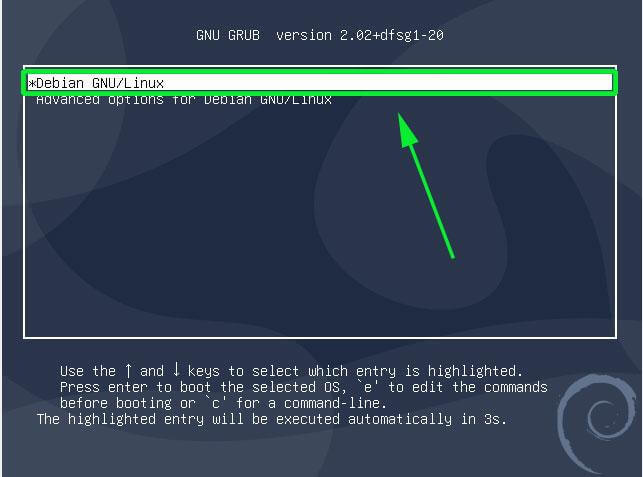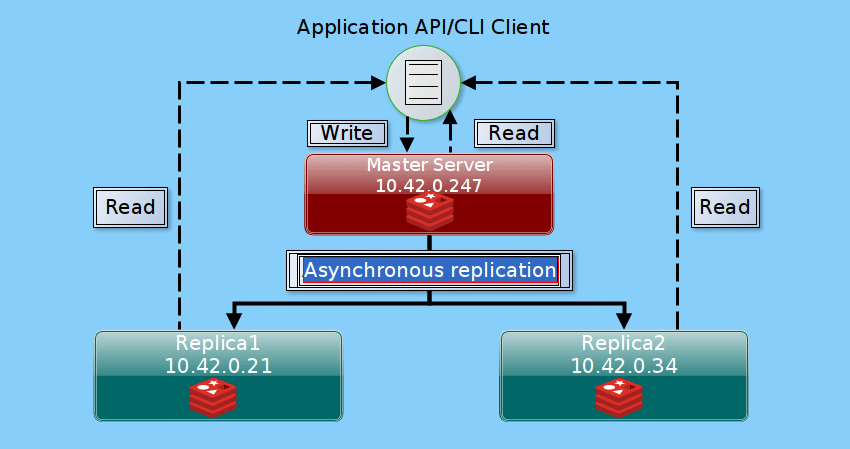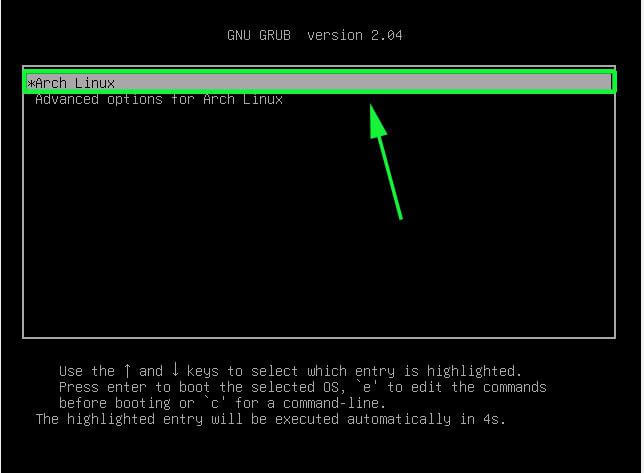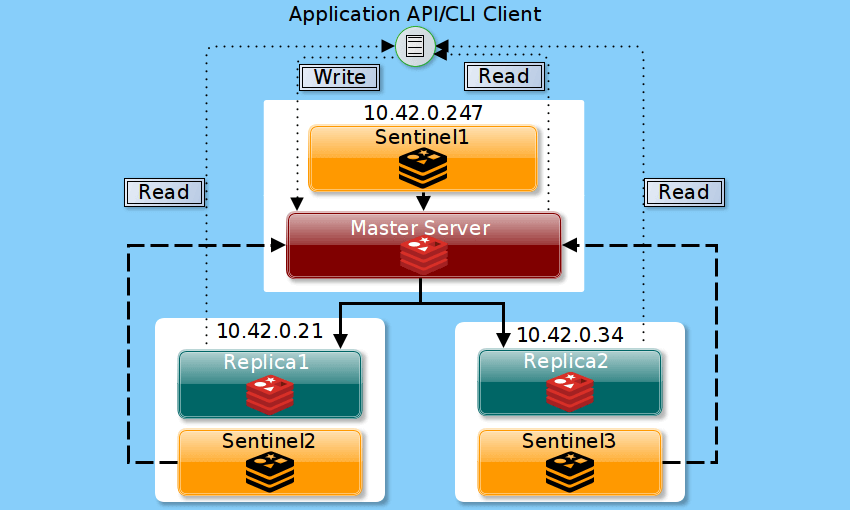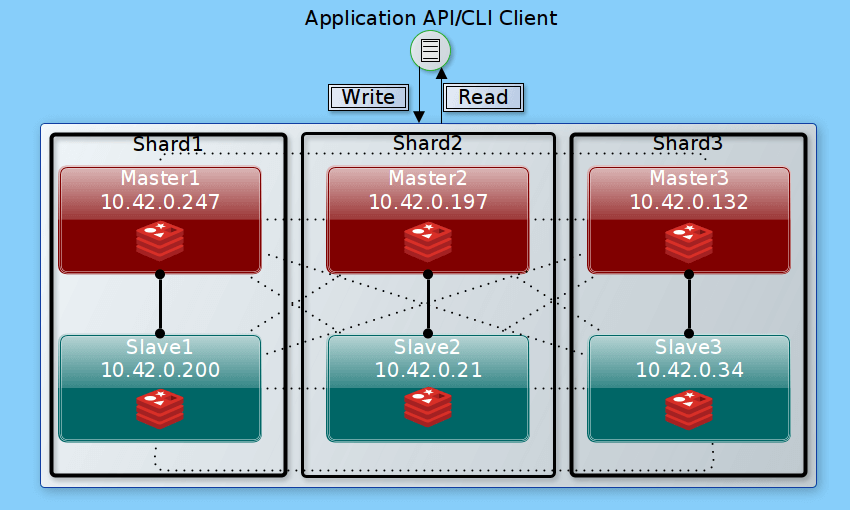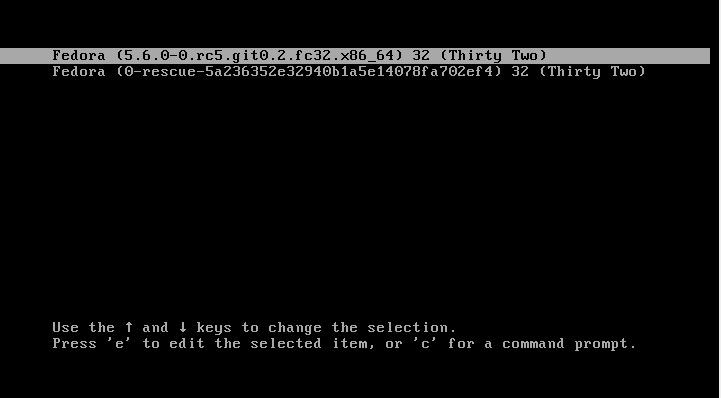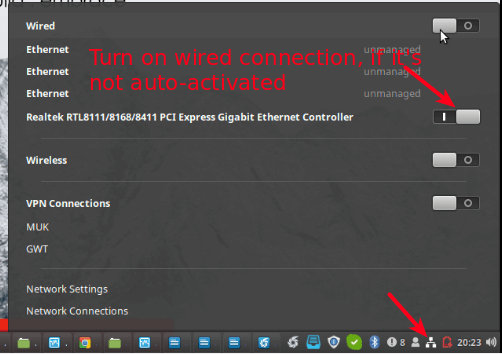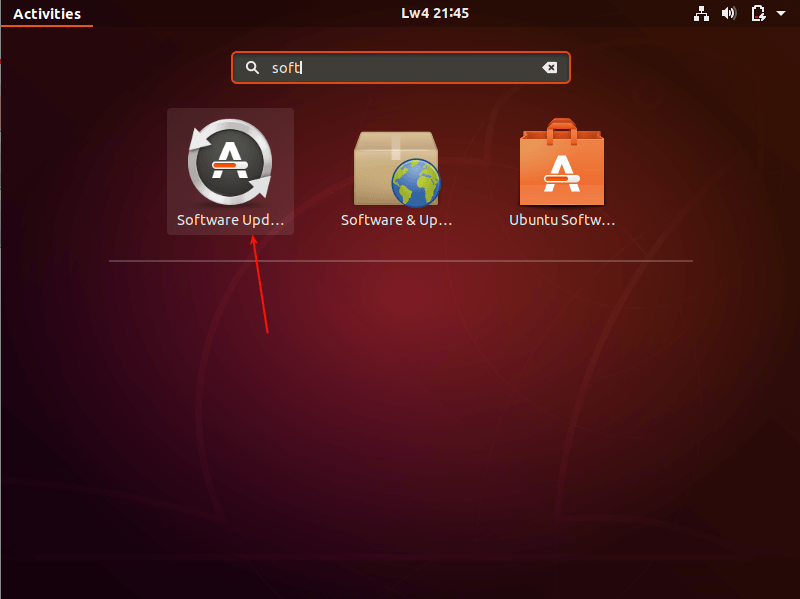In this brief tutorial, you will learn how to reset a forgotten root password in a Debian 10 system. This will help you regain the ability to log in as the root user and carry out administrative tasks. So, first power on or reboot your Debian 10 system. You should be presented with a GRUB
Make Linux Great Again
How to Setup Redis Replication (with Cluster-Mode Disabled) in CentOS 8 – Part 1
Redis (Remote Dictionary Server) is a very popular and widely-used open source, fast, distributed and efficient in-memory key-value database/data structure server. It offers a rich set of features that make it effective for a wide range of use cases: as a database, caching layer, message broker, or queue; applicable in web applications, chat and messaging
How to Reset Forgotten Root Password in Arch Linux
It’s quite frustrating getting locked out of your system as the root user because you cannot recall your password. This usually happens in case you haven’t logged in as root for an extended period of time. But fret not. In this article, we walk you through a step-by-step process on how you can reset a
How to Setup Redis For High Availability with Sentinel in CentOS 8 – Part 2
Redis provides high availability via Redis Sentinel distributed system. Sentinel helps to monitor Redis instances, detect failures and will do roles switches automatically thus enabling a Redis deployment to resist any kind of failures. It features monitoring of Redis instances (master and replicas), supports notification of other services/processes or the system administrator via a script,
How to Setup a Redis Cluster in CentOS 8 – Part 3
Redis Cluster is a builtin Redis feature that supports automatic sharding, replication and high availability which was previously implemented using Sentinels. It is designed for two major purposes: one is to automatically split your dataset among multiple instances and secondly to provide some degree of availability during partitions, to continue operations when some instances (especially
How to Reset a Forgotten Root Password in Fedora
This brief article explains the steps you can take to reset your forgotten root password on a Fedora Linux system. For this guide, we are using Fedora 32. Read Also: How to Reset Forgotten Root Password in CentOS 8 First, you need to reboot or power on your system and wait until the grub menu
How to Create Your Own IPsec VPN Server in Linux
There are so many benefits of using a VPN (Virtual Private Network), some of which include keeping you safe on the internet by encrypting your traffic and helping you to access blocked content/sites/web applications from anywhere. Not to mention, VPN also helps you to browse the internet anonymously. In this article, you will learn how
How to Share Wired Internet Via Wi-Fi and Vice Versa on Linux
In this article, you will learn how to share a wired (Ethernet) internet connection via a wireless hotspot and also how to share a wireless internet connection via a wired connection on a Linux desktop. This article requires you to have at least two computers: a Linux desktop/laptop with a wireless card and an Ethernet
How to Setup HAProxy as Load Balancer for Nginx on CentOS 8
To ensure maximum web application availability, scalability, and high performance, it is now common to implement technologies that introduce redundancy, such as server clustering and load balancing. For example, setting up a cluster of servers that all run the same application(s) and then deploying load balancer(s) in front of them to distribute the traffic. HAProxy
How to Upgrade to Ubuntu 20.04 from Ubuntu 18.04 & 19.10
The stable version of Ubuntu 20.04 LTS (code-named Focal Fossa) is released on April 23rd, if you are curious to know what is in it, you can now upgrade to the version of it from lower versions for testing purposes. Just like every new Ubuntu release, Ubuntu 20.04 ships with new features including the latest

